
全部
▼
搜索
熱搜:
位置:中冶有色 >
> 一步水熱法制備納米SnO2@C復(fù)合材料及其儲(chǔ)鋰性能研究
 453
編輯:中冶有色技術(shù)網(wǎng)
來(lái)源:李玲芳,曾斌,原志朋,范長(zhǎng)嶺
453
編輯:中冶有色技術(shù)網(wǎng)
來(lái)源:李玲芳,曾斌,原志朋,范長(zhǎng)嶺
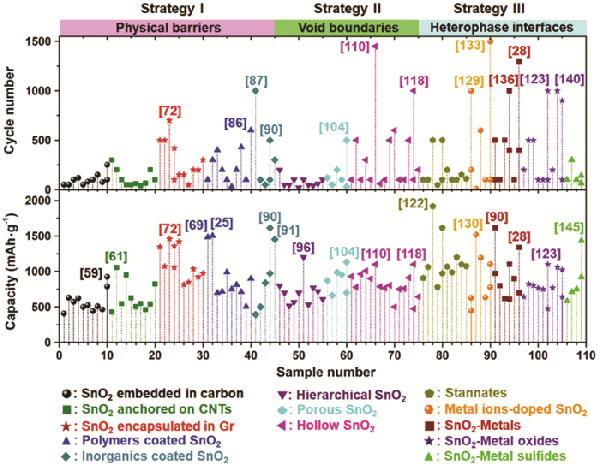
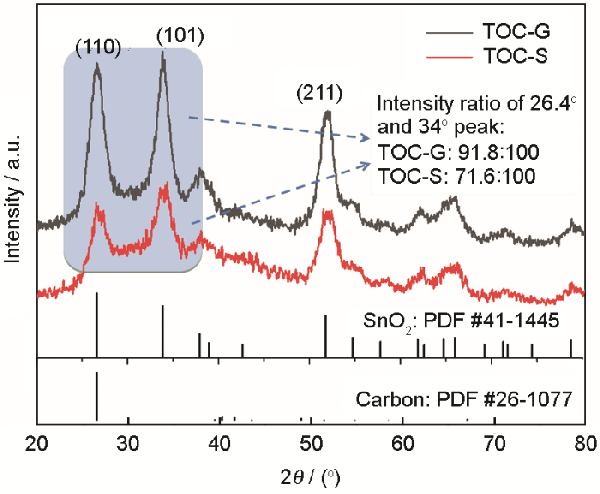
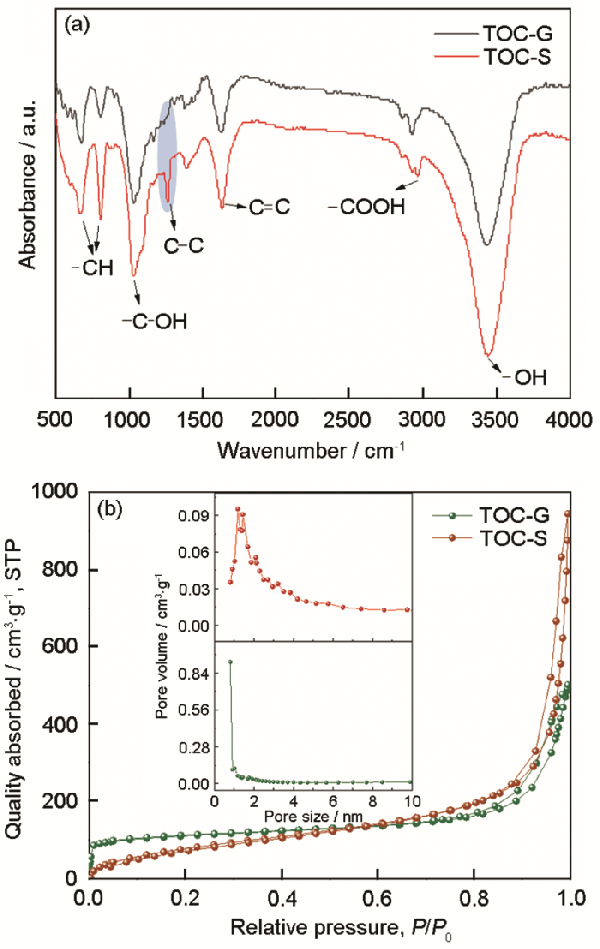
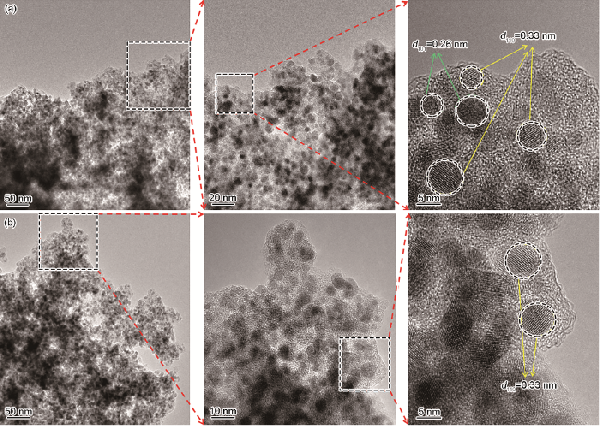
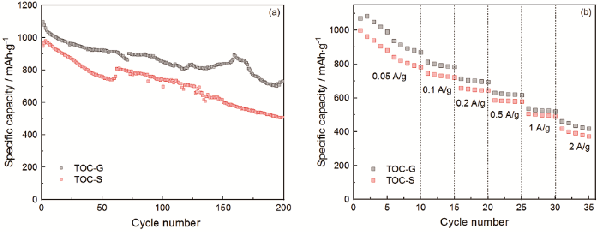
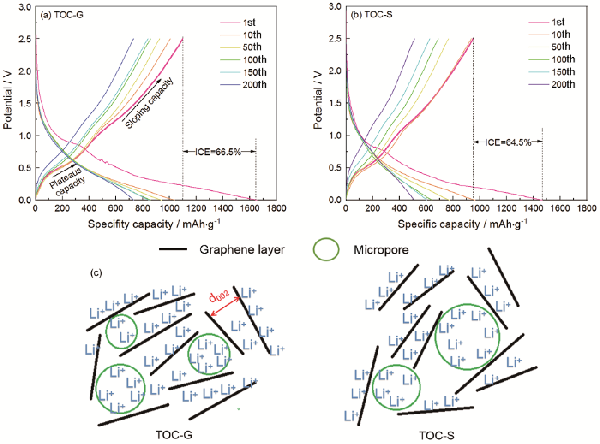
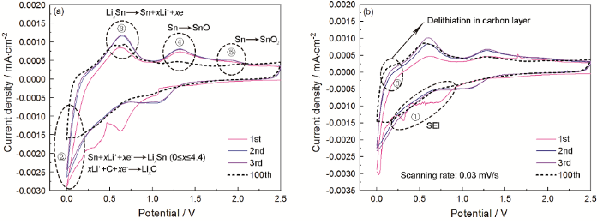
 分享 0
分享 0
 舉報(bào) 0
舉報(bào) 0
 收藏 0
收藏 0
 反對(duì) 0
反對(duì) 0
 點(diǎn)贊 0
點(diǎn)贊 0

 中冶有色技術(shù)平臺(tái)
中冶有色技術(shù)平臺(tái) 2025年03月28日 ~ 30日
2025年03月28日 ~ 30日  2025年03月29日 ~ 31日
2025年03月29日 ~ 31日  2025年04月11日 ~ 13日
2025年04月11日 ~ 13日  2025年04月24日 ~ 27日
2025年04月24日 ~ 27日 
